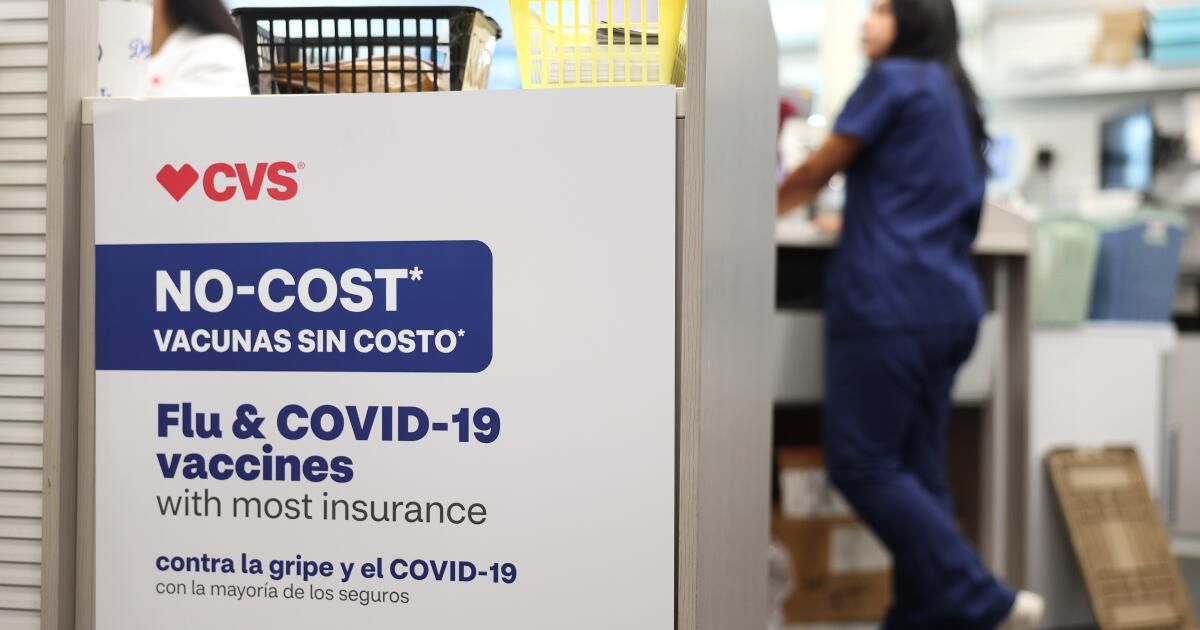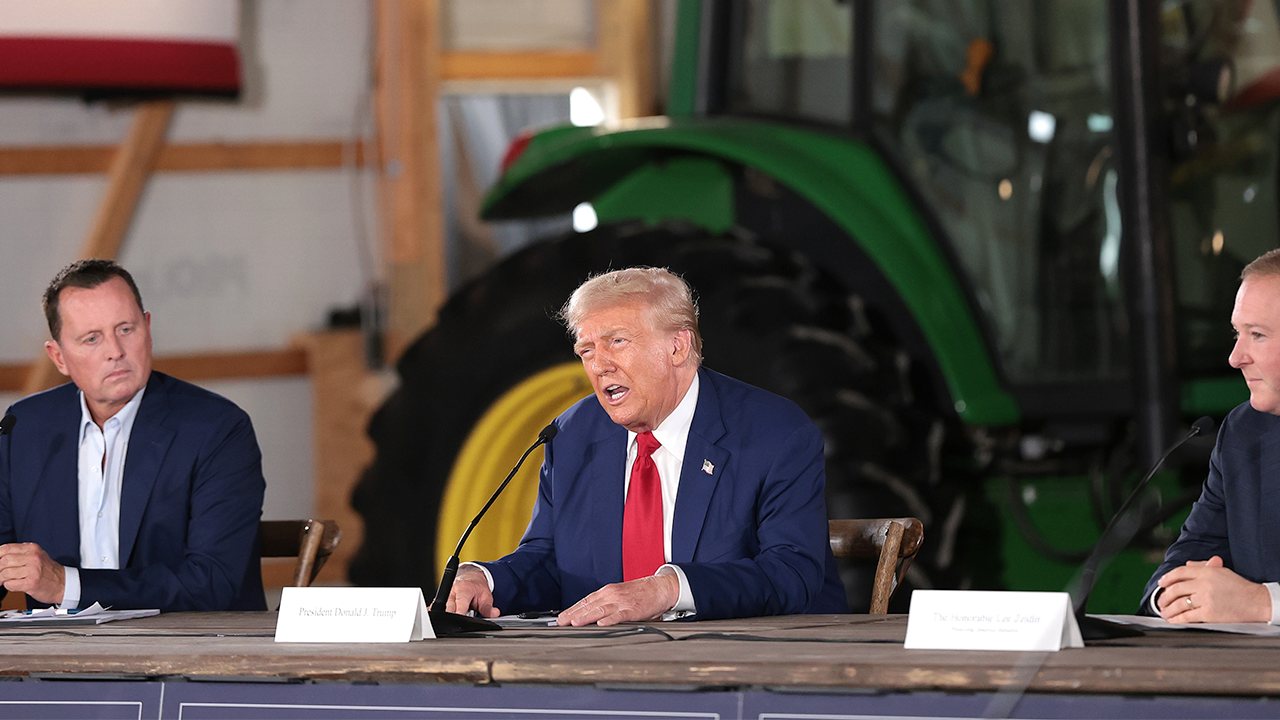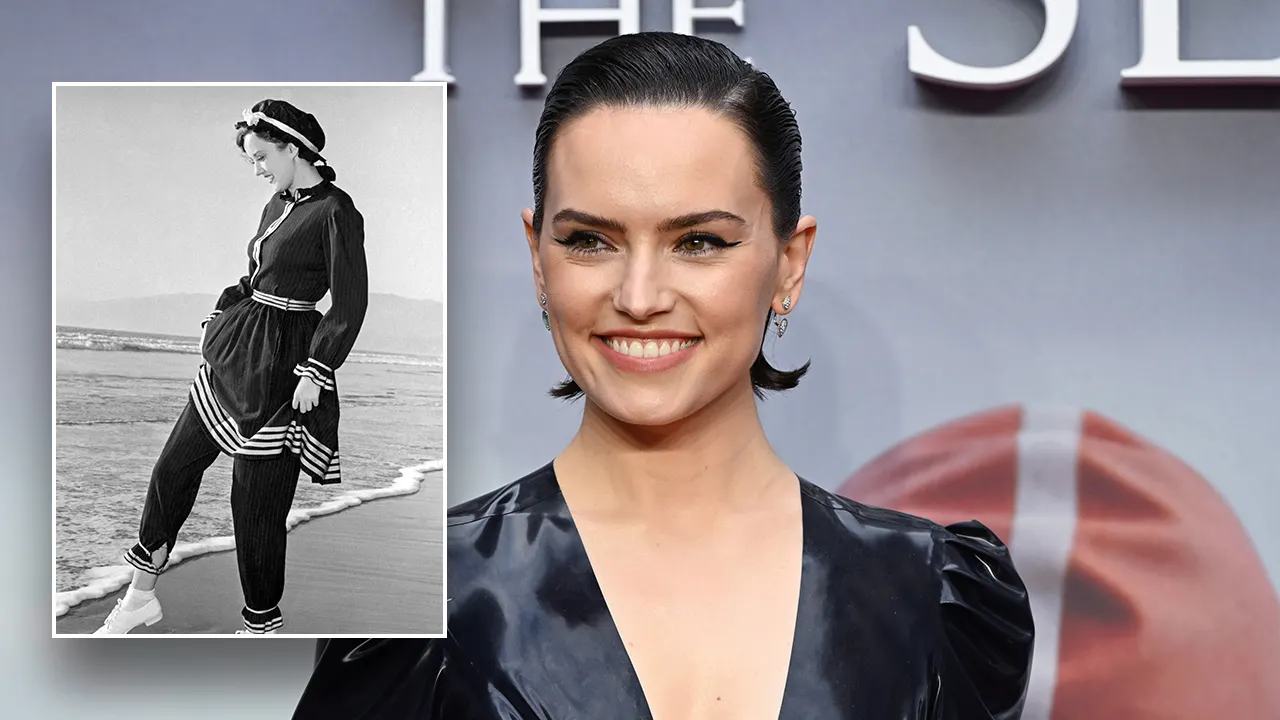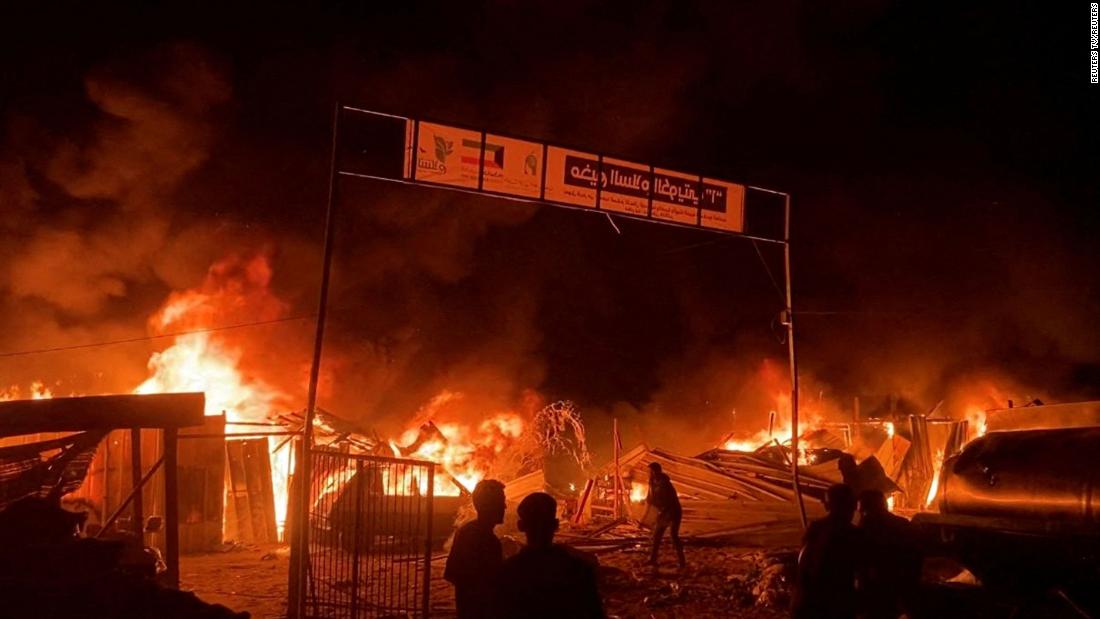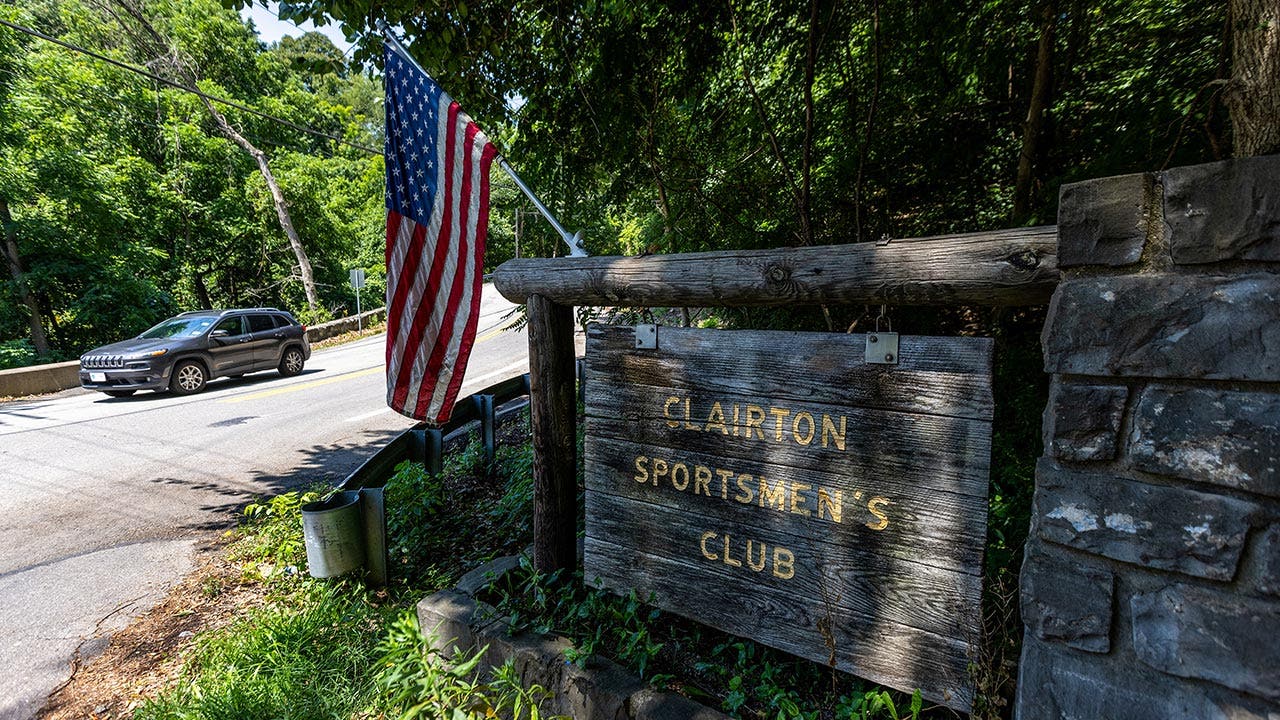As COVID levels remain stubbornly high in California, some doctors are warning that transmission could accelerate again after the busy Labor Day holiday weekend, potentially prolonging a summer wave that has already proven more intense and longer lasting than some experts had anticipated.
Doctors will be closely watching the data for any signs of a post-holiday surge, which could materialize due to a few factors. First, Americans were expected to hit the road or take to the air in potentially record numbers this year, and with COVID transmission elevated across much of the country, there is a non-negligible risk of exposure.
Second, the coronavirus has continued to mutate in ways that have allowed it to spread more easily from person to person.
“People are not back to pre-pandemic levels; I think it’s even higher than before the pandemic happened, in terms of travel,” said Dr. Elizabeth Hudson, regional chief of infectious diseases for Kaiser Permanente Southern California.
“That means there are real risks of coming into contact with another person who has COVID,” she said. And with many California children already back in school, “this is, unfortunately, an ideal weekend to potentially contract something.”
California is one of 47 states with “high” or “very high” levels of coronavirus in wastewater, the U.S. Centers for Disease Control and Prevention reported Friday. That’s also the case in the District of Columbia.
The Transportation Security Administration previously projected that this past holiday weekend would end up being the busiest Labor Day travel period on record, with more than 17 million people expected to be screened at airports during the seven-day period ending Wednesday.
“A lot of people I know get COVID after returning from travel,” said Dr. Peter Chin-Hong, an infectious disease specialist at the University of California, San Francisco. “Be prepared for the possibility that those sniffles or symptoms after returning are COVID.”
He said it will be especially important for people at higher risk, such as those over 65 and immunocompromised people, to get tested. If they test positive, they should immediately seek early antiviral therapy such as Paxlovid, especially if they have not been vaccinated in the past year.
At UCSF hospitals, people hospitalized with COVID are typically in their 70s or 80s and have not received a vaccine in the past year, Chin-Hong said.
California and the country have endured a significantly longer COVID wave this summer than last. California has had 12 weeks with “high” or “very high” levels of coronavirus in wastewater since June, and more are likely to follow. Throughout last summer, California recorded eight weeks with “high” levels of coronavirus in wastewater, but never reached “very high” levels.
A major reason for this surge in infections has been the spread of increasingly contagious subvariants, each with unofficial monikers referencing particular mutations that give them an evolutionary advantage over previous strains.
In May, the FLiRT strains emerged, which have since given way to FLuQE (pronounced fluke) and, more recently, deFLuQE (pronounced de-fluke).
The dominant version of the coronavirus today is KP.3.1.1. That subvariant, which has the deFLuQE mutations, accounted for an estimated 42.2% of coronavirus samples nationwide during the two-week period ending Saturday, up from 19.8% a month ago, according to the CDC.
COVID hospitalizations and deaths have risen this summer but remain much lower than in previous waves thanks to lingering immunity against severe disease from previous immunizations and infections.
During the week ending August 10, 881 COVID deaths were reported nationwide, more than double the number in the first week of summer.
In Los Angeles County, the average number of daily COVID deaths rose to 2.9 in the week ending Aug. 6, the most recent available. Before that, L.A. County had been reporting about one to two COVID deaths per day since early July.
There are signs in some parts of the country that coronavirus transmission may have peaked, but some doctors warn we've been fooled before.
The CDC has designated California as one of nine states where COVID-19 is believed to be “declining” or “likely declining,” according to data released Friday.
But it will take time to see if that trend continues. Earlier this summer, COVID in California was listed as “stable or uncertain” for a week, but transmission worsened again.
“In the past, you know, for four to eight weeks, we’ve done this and we’ve peaked, and then a couple weeks later the numbers started going up again,” Hudson said. “So this is a time of uncertainty. We don’t really know which direction things are going to go.”
According to Hudson, the circumstances — “the confluence of Labor Day and kids going back to school” — could conspire to increase transmission rates. And the persistent summer heat could further exacerbate matters by keeping people in close quarters without good air circulation, an environment ripe for COVID spread.
The Los Angeles County Department of Public Health said more weeks of data will be needed “before we know if we are past this summer peak.”
In Los Angeles County, coronavirus levels in wastewater were 86% of last winter’s peak during the 10-day period ending Aug. 17, virtually unchanged from earlier in the month. During the week ending Aug. 25, an average of 410 coronavirus cases were reported per day, down from the previous week and well below the summer peak of 484.
Coronavirus cases are certainly an undercount, as they don't account for testing done at home or the fact that fewer people are getting tested. But trends are still useful in determining the trajectory of the wave.
The percentage of emergency room visits in Los Angeles County related to coronavirus has remained relatively stable over the past three weeks, hovering between 3.9% and 4.3%. The latter figure is the highest of the season so far. The peak last summer was 5.1%.
The rate of positive coronavirus tests across the state continues to rise. In the week ending Aug. 26, 13.7% of reported coronavirus tests in California came back positive, up from 11.7% the month before. The latest figure has surpassed peaks from last winter and summer.
Chin-Hong said the COVID wave started earlier in California and the West, and he suspects the state has in fact peaked. COVID has “basically infected a lot of the people it would have infected… We will certainly see more infections over Labor Day, but [it will] “It probably won’t continue to rise.”
At UCSF hospitals, there were eight patients admitted with coronavirus as of Friday, about the same number as in late spring. At the peak in the summer, about three or four weeks ago, there were about 30, Chin-Hong said.
To combat the spread of COVID, doctors are urging people who feel sick to stay home and away from other people. And if they do feel sick, they should get tested.
However, you may still have COVID-19 even if your first rapid test result is negative. Doctors recommend testing once a day, or once every other day, until the fifth day after symptoms appear.
For those who are still able to travel, wearing masks in closed spaces (such as airplanes and airports) can also help reduce the risk of becoming infected.
CDC recommends that everyone 6 months and older get vaccinated for the 2024-25 season, ideally in September or October.
The Moderna and Pfizer COVID-19 vaccines were authorized by the U.S. Food and Drug Administration on Aug. 22, and doses were widely available the following week. On Friday, the FDA authorized Novavax’s updated seasonal vaccine formulation, which is made using older protein-based technology.
For some people, Novavax may be an attractive alternative to the mRNA vaccines from Moderna and Pfizer. According to Hudson, mRNA vaccines are more likely to cause side effects such as arm swelling and mild fever than Novavax or other protein-based vaccines.
But Novavax's vaccine for the 2024-25 season was designed against an older subvariant, JN.1, while Moderna and Pfizer's were designed against KP.2, a newer subvariant that is more closely related to KP.3.1.1.
Time will tell how this season's Novavax formula ultimately compares to those from Moderna and Pfizer, “but you know, it's still a very good option,” Hudson said.
For those interested in Novavax, given that there are only a few differences between JN.1 and KP.2, “I'm very confident that it will give people very good protection,” Chin-Hong said.
As for the side effects that can sometimes occur when getting the Moderna or Pfizer COVID vaccines, they typically don't last more than a day and tend to be relatively mild — much milder than what can come with getting sick from COVID, Hudson said. Only about 25% of people who get those vaccines tend to experience more pronounced side effects, such as a sore arm and a low-grade fever, Hudson said.
Some doctors suggest scheduling your COVID vaccination when you have time to rest afterward.
COVID vaccines are now widely available at retailers including CVS, Walgreens, Rite Aid, Vons, Albertsons, Pavilions and Safeway. Health systems like Kaiser Permanente and Sutter Health are set to offer the vaccines by mid-September.
For uninsured and underinsured residents, the Los Angeles County Department of Public Health will eventually offer free doses through its public health clinics and multi-service vaccination sites. “We are awaiting our supply from manufacturers but expect to have them at the sites in the coming weeks,” the agency said, meaning by the end of September.
Officials also said the California Department of Public Health will receive additional funding to make free COVID vaccine doses available to uninsured and underinsured adults. The state is expected to make those vaccines available for request in October. Los Angeles County officials said vaccines will likely be made available to health care providers who have previously offered free COVID vaccines.
Last year, uninsured adults were able to get free vaccines through the federal Bridge Access program, which allowed them to get vaccinated at federally qualified health centers as well as CVS and Walgreens. The Bridge Access program ended at the end of August.

